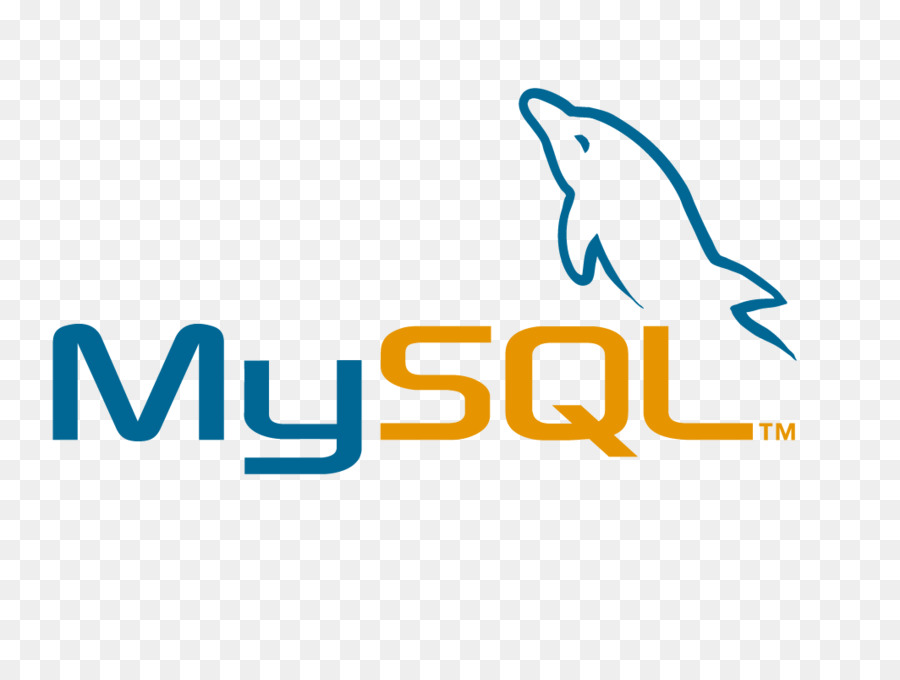Introduction
The volume, variety, and velocity of big data are all swelling dramatically. According to a survey by market intelligence firm IDC, the average company now manages a mind-boggling 163 terabytes (163,000 gigabytes) of information.

How can businesses hope to manage and utilize these never ending streams of information effectively? A mature, coherent strategy for data management is an absolute must, but unfortunately far too many companies fall short of this goal. The Harvard Business Review reports that less than half of an organization’s structured data is actually used when making business decisions.
In order to formulate a well-thought-out data management strategy, you need to start by speaking the language of big data. The terms “SQL” and “MySQL” are often thrown about and compared when discussing issues of enterprise data management. While these concepts are closely related, however, they’re not the same thing at all.
Knowing the difference between SQL and MySQL is crucial for anyone delving into the fields of relational databases, big data, and business intelligence and analytics. In this article, we’ll discuss everything you need to know about the question of SQL vs. MySQL: the definitions of SQL and MySQL, the relationship between SQL and MySQL, the pros and cons of using SQL and MySQL, and whether SQL or MySQL is better for your business.
What is SQL?
SQL (which is usually pronounced like the word “sequel”) stands for Structured Query Language. Let’s process each of these three words separately:
- Structured: SQL is used to work with structured data stored in a relational database (we’ll discuss these terms in greater depth down below).
- Query: SQL is used to query and manage the information within a relational database.
- Language: SQL is a domain-specific language, which means that it’s used exclusively for a particular application (in this case, relational databases).
To understand how SQL works, we first need to provide a definition for “relational database.” So what is a relational database? If you’ve ever looked at a spreadsheet or used software such as Microsoft Excel, the concept of a relational database will be familiar to you.
A relational database is a database that uses the relational model to store information. Data is organized in rows and columns that describe the relations between different data points.
For example, a university may use a relational database that stores information about the students who attend that particular school. The columns of the database define the information that will be stored, such as the student’s name, ID, and address. Meanwhile, each row of the database (also called a record or tuple) represents an entry for a particular student.
SQL is the language by which users can access and modify the information stored within a relational database. The standard SQL instructions include commands such as:
- SELECT: retrieves the records from the database that match a specified condition (for example, all students taking a particular class).
- INSERT: inserts a new record or records into the database.
- DELETE: removes the record or records from the database that match a specified condition.
- UPDATE: modifies the existing records in the database.
- CREATE: creates a new database or table within the database.
- DROP: deletes a database or table within the database.
- COMMIT: saves the changes made by the current transaction and makes them visible to other users.
- ROLLBACK: reverts the changes that have been made up to this point before a COMMIT statement.
An example SQL statement is seen below:
SELECT * FROM banks;
This SQL query tells the database to retrieve all records from the banks table. The * operator is shorthand for “all records.”
Another example SQL statement is as follows:
DELETE FROM banks WHERE bank_name = 'PNC';
This SQL query tells the database to delete the record(s) with a bank_name value of 'PNC'. (In practice, you would more likely put an id in the where clause, to make sure you only delete one record.)
First developed in the 1970s, SQL has now become the language of choice for interacting with relational databases. Being conversant in SQL is practically a job requirement for data analysts, database administrators, and other professions that work with big data.
What is MySQL?
Now that we’ve given a definition of SQL, what does MySQL mean?

MySQL is an open-source relational database management system (RDBMS) that is currently owned by Oracle Corporation. First built by the Swedish company MySQL AB, the MYSQL software was acquired by Sun Microsystems in 2008, which was in turn acquired by Oracle in 2010.
An RDBMS is a software application that facilitates the creation and management of a relational database. While you could theoretically set up and operate a relational database yourself, the purpose of an RDBMS is to save you time and effort by handling complex database tasks such as security, data integrity, scalability, and performance.
One of the most popular RDBMS options, the MySQL software is written in the C/C++ programming languages and runs on a wide variety of platforms, including Windows, Mac OS X, Linux, and Unix-based operating systems. Tech giants such as Facebook, YouTube, Wikipedia, and Twitter all use MySQL to help manage the vast quantities of data under their roofs.
MySQL is frequently used as one part of an open-source technology stack called LAMP (Linux, Apache, MySQL, and PHP). These four elements form the necessary components of websites and web applications: the Linux operating system, the Apache HTTP server, the MySQL relational database management system, and the PHP programming language.
What is the relationship between SQL and MySQL?
In the last two sections we’ve given definitions for SQL and MySQL, so what exactly is the relationship between these two tech concepts?
MySQL contains “SQL” as part of its name, which is a major clue that SQL is a foundational part of the MySQL technology. Indeed, SQL is the language by which MySQL enables users to interact with data stored within their database.
However, MySQL is far from the only relational database management system that uses SQL. Other popular RDBMS software applications include Oracle Database, Microsoft SQL Server, SQLite, and PostgreSQL.
It's important to highlight that unlike MySQL, SQL is not a relational database management system itself. Rather, it is the interface that you can use to “talk” with a relational database and update the information that it contains.
A good analogy for the relationship between SQL and MySQL might be the relationship between Latin and other Romance languages such as French, Spanish, and Italian. Latin (like SQL) is a foundational language from which different variations have evolved (like different RDBMS applications such as MySQL and SQL Server).
This analogy isn’t perfect. For one, the standard “dialect” of SQL is still very much in use (unlike the dead language of Latin). What’s more, the distinctions between the different types of SQL are much smaller than between two different languages whose speakers may not understand each other. If you learn the standard version of SQL, then you’ll easily be able to understand other dialects of SQL such as T-SQL and PL/SQL that extend SQL by adding new functionality.
Nevertheless, it’s important to know that MySQL uses its own “flavor” of SQL (also called MySQL) that is slightly different from the standard “dialect” of SQL. If you’re interested in the specifics, you can find the differences between the MySQL language and standard SQL at this link.
What are the benefits of using SQL and MySQL?
With the relationship between SQL and MySQL firmly behind us, we’ll now talk about the pros and cons of using SQL and MySQL.
What are the benefits of using SQL?
To discuss the benefits of SQL and relational databases, we’ll first need to introduce another concept: non-relational databases (also known as “NoSQL databases”).
As the name suggests, NoSQL databases are those that do not use SQL or the relational model to store information. Instead, they use an alternative model such as:
- Key-value: Information is stored as key-value pairs.
- Document: Information is stored as pairs of keys and documents; each document may contain multiple key-value or key-array pairs.
- Graph: Information is stored as nodes that are linked together in a graph that describes the relationships between them.
- Columns: Information is stored in a table organized by columns rather than by rows, allowing for more precise access with certain queries.
Some of the most common NoSQL database solutions are MongoDB, Cassandra, Redis, and CouchDB.
With this in mind, what are the advantages of using SQL and relational databases over NoSQL databases?
First, SQL and relational databases are the best option when your data can be clearly, neatly organized into rows and columns. Use cases such as the employees at a company and the transactions on an e-commerce website are two examples where relational databases are almost certainly preferable.
If popularity is a factor that matters in your situation, you’ll be pleased to know that relational databases still have the greatest market share. According to a 2019 survey by ScaleGrid, 60 percent of databases use SQL. (The same survey also found that MySQL is the most dominant database management system, running 39 percent of all databases—both SQL and NoSQL.) Thanks to their widespread use and longer time on the market, SQL databases tend to have more support and documentation available.
Relational databases also adhere to the ACID principles, which is a set of four desirable properties when processing a database transaction:
- Atomicity: Each transaction is treated as a single unit that either succeeds or fails.
- Consistency: If the transaction fails, the database is returned to its original state before the transaction.
- Isolation: Transactions occur in isolation and cannot affect another transaction.
- Durability: Once successfully completed, each transaction will remain in the system permanently, even in the event of a crash.
On the other hand, NoSQL databases cannot provide the guarantee of being compliant with ACID principles.
Finally, a major point of difference between SQL and NoSQL databases is the way in which the two options are scalable. SQL databases are vertically scalable, which means that you can increase the load on a single server by adding more resources such as CPU, RAM, or hard drive space. Meanwhile, NoSQL databases are horizontally scalable, which means that you can handle increased database traffic by adding more servers. The differences between vertical and horizontal scalability are important to remember depending on your database’s use case.
What are the benefits of using MySQL?
If SQL and relational databases seem better for you than NoSQL databases, you now have another choice in front of you: which RDBMS will you use? In this section, we’ll discuss the advantages of MySQL as compared with other popular solutions such as Microsoft SQL Server, Oracle Database, and PostgreSQL.
The benefits of MySQL include:
- Popularity: As mentioned above, MySQL is by far the most popular solution for any database management system—SQL or NoSQL. (39 percent of users can’t be wrong, right?) This pays off in the form of a larger support community and more resources available to learn MySQL.
- Open-source codebase: MySQL is a large and healthy open-source project, which means that it attracts many people who are devoted to the success of the software.
- Ease of use: The MySQL dialect is very similar to SQL, so anyone familiar with SQL can easily get started with MySQL. Getting up and running is fast: downloading and installing the MySQL software takes just 30 minutes.
- Lower costs: In many cases, MySQL enables users to achieve high scalability, availability, and performance while slashing their total cost of ownership. According to one estimate by Oracle, the 3-year total cost of Microsoft SQL Server could be more than 10 times higher than the total cost of MySQL over the same period.
- Optimized for the web: 9 out of the world’s 10 top websites are powered by the MySQL software. This is hardly a surprise given the fact that MySQL was designed and optimized for use with highly trafficked websites and massive volumes of data.
What are the cons of using SQL and MySQL?
It’s hard to deny that SQL and MySQL are chock-full of advantages, but what are some of the downsides of using these technologies?
What are the cons of using SQL?
Despite the benefits of SQL and relational databases, they’re not the best for all purposes. Yet the disadvantages of using SQL are really the advantages of using NoSQL databases. Both SQL and NoSQL databases can be used for a variety of applications, and it’s simply a matter of picking the right option for you.
As mentioned above, NoSQL databases are likely better when your data is more free-form, or when your data schema may change over time. With their highly structured format, SQL databases may be too rigid for certain use cases.
There’s also a general consensus that NoSQL is better for applications such as processing big data. Whereas SQL databases are the preferred choice for data in row-column format, NoSQL is more flexible when storing semi-structured and unstructured data. For example, document-based NoSQL databases allow you to store data in a single location without defining a structure at all.
NoSQL databases are designed from the ground up for scalability, especially in the cloud. A single NoSQL database can be distributed across multiple cloud data centers in a relatively simple manner. On the other hand, accomplishing this feat with a SQL database may be significantly trickier.
What are the cons of using MySQL?
Even if SQL and relational databases are better for your business use case than NoSQL databases, that doesn’t guarantee that MySQL is the best option for your situation. With that in mind, what are some of the disadvantages of using MySQL?
MySQL shares all of the typical drawbacks as other SQL databases: it is more challenging to scale, and performance can degrade when working with extremely large data sets. In addition, as we’ve mentioned, the MySQL dialect is slightly different from standard SQL. This could potentially be an issue if you want to migrate a large database from MySQL to another RDBMS that uses a different SQL dialect.
Another possible drawback of MySQL for some users is the fact that MySQL is owned by Oracle. Given the fact that Oracle has its own RDBMS, Oracle Database, there is a risk that the company may decide to stop development on MySQL or take the product in another direction.
When Oracle announced its acquisition of MySQL roughly a decade ago, some of the original MySQL developers “forked” the project, worried about the fate of MySQL under Oracle ownership. This fork became a new project called MariaDB, which remains under active development and highly compatible with MySQL. Users who are interested in MySQL, but who would prefer to remain outside the Oracle ecosystem, might be well-served by checking out MariaDB.
How much does it cost to implement SQL and MySQL?
As a programming language, SQL is free of charge and widely available for use. Asking “How much does SQL cost?” is like asking “How much does it cost to speak English?” The current SQL standard, which was defined by
The question “How much does MySQL cost?”, however, is a little more complicated. As an open-source project, MySQL is theoretically free through the MySQL Community Edition. However, the MySQL website also offers three paid tiers of MySQL for users who need more from their MySQL deployment:
- MySQL Standard Edition ($2,000/year): Provides 24x7 Oracle Premier Support for questions, technical problems, and performance issues.
- MySQL Enterprise Edition ($5,000/year): Includes additional compatibilities with Oracle applications and additional software for enterprise-class MySQL deployments, such as MySQL Document Store, MySQL Enterprise Security, MySQL Enterprise Monitor, and MySQL Enterprise Backup.
- MySQL Cluster CGE ($10,000/year): Adds the MySQL Cluster Manager software for powering mission-critical applications deployed across multiple clusters.

Which is better to use, SQL or MySQL?
The question of whether SQL or MySQL is better isn’t an either/or issue. Both SQL and MySQL are mature technologies in high regard that can complement each other for your relational database.
If you’re wondering “How do you decide if you need SQL or MySQL?”, the answer can be obtained in two parts. First, decide whether a SQL or NoSQL database, or perhaps a combination of both, is right for your purposes. Second, decide between MySQL and other RDBMS options such as Microsoft SQL Server, PostgreSQL, Oracle Database, SQLite, and MariaDB.
Conclusion
In this article, we’ve given a comprehensive overview of the differences between SQL and MySQL. SQL is a query language for interacting with relational databases, while MySQL is a relational database management system that uses SQL in order to efficiently store, retrieve, and change the information in a SQL database. Both SQL and MySQL can be used in combination, especially for the needs of high-performance web applications where MySQL can excel
Now that you’ve understood the difference between SQL and MySQL, it’s time to put what you’ve learned into action. SQLBot is a SQL reporting service that makes it easy to get valuable data-driven insights from your relational databases. SQLBot sends daily, weekly, or monthly reports right to your Slack account or email address, so that you always remain up-to-date. Want to learn more? Sign up with us today for a free trial of the SQLBot service.
About the Author
I'm a programmer and writer; I've worked as a software developer at MIT and I have a BA in history from Yale. When I write I generally combine these interests by focusing on tech, business, and financial writing.
David T is a freelance writer who writes about lifestyle and travel.

 By
By
